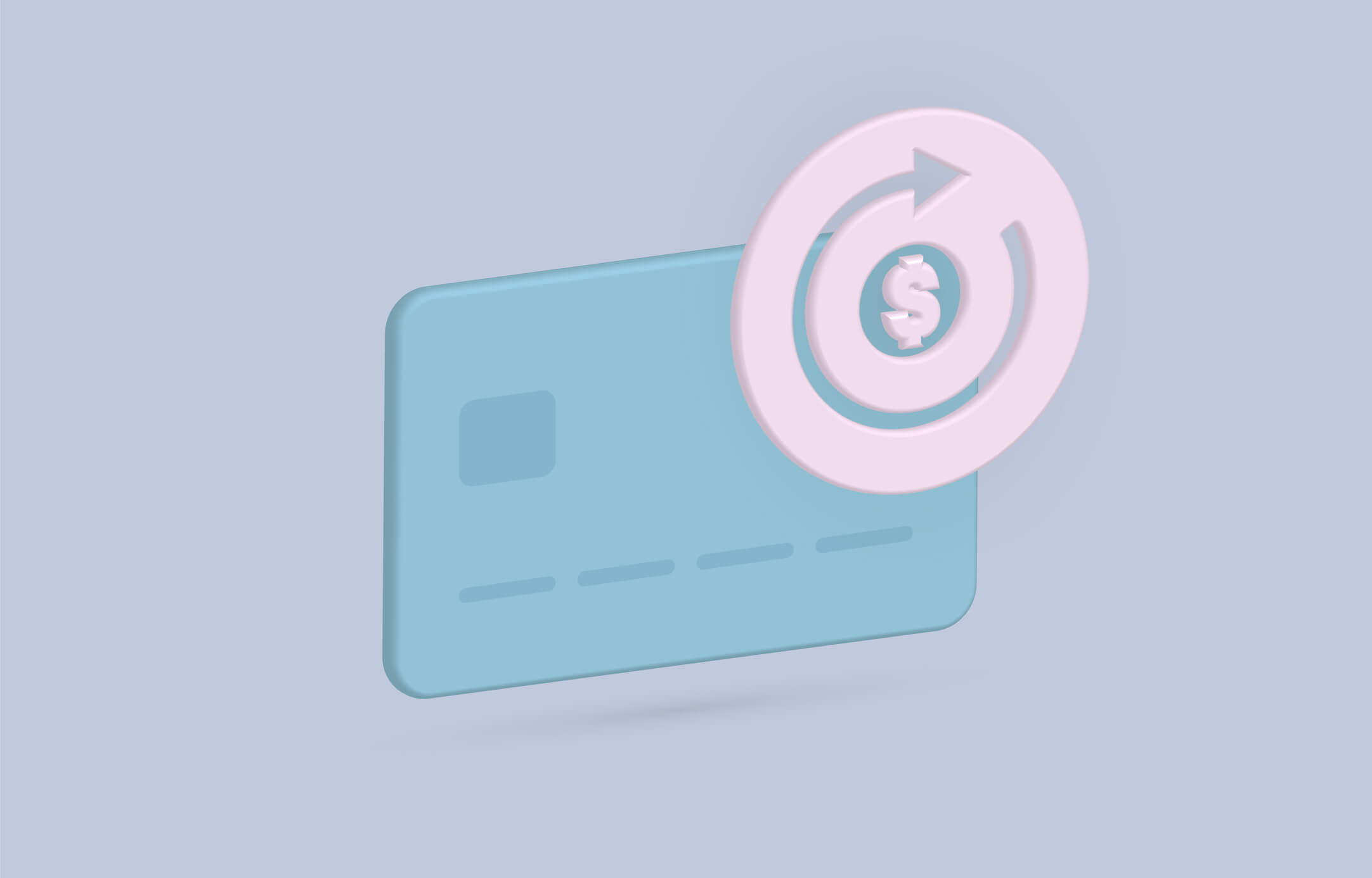A working mechanism for recurring payment will make billing smooth, but what it ultimately does is ensure an improved experience for customers as they go by choices like flexibility, automation, and security. Some of the problems gyms and other fitness businesses face in their billing process, which may be poorly...
Managing Recurring Payments for Gym Memberships
Managing recurring payments for gym memberships is a crucial aspect of running a successful fitness facility. It ensures a steady stream of revenue, simplifies the payment process for members, and allows gym owners to focus on providing quality services. In this comprehensive guide, we will explore the benefits of recurring...

